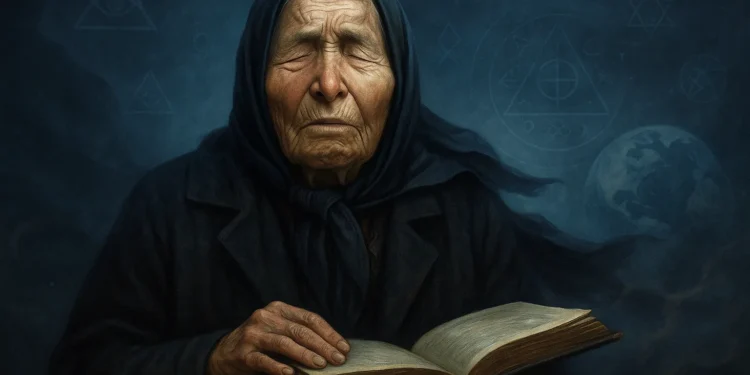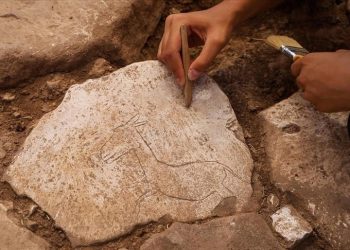Baba Vanga predictions have long fascinated believers and skeptics alike. Blind since childhood, the Bulgarian mystic is said to have foreseen major global events—some chillingly accurate, others widely disputed. Her followers claim she left behind a long list of visions that still spark debate and curiosity.
Baba Vanga predictions and the origins of the legend
Born Vangelia Pandeva Dimitrova, Baba Vanga lived a modest life in Bulgaria. Her story took a dramatic turn after a storm reportedly left her injured and blind as a child. According to those close to her, this moment marked the beginning of her alleged clairvoyant abilities. Her first “vision,” they say, involved locating a lost sheep that her father had given up hope of finding.
From then on, Baba Vanga became known as a local healer and spiritual figure. People traveled from across the region to seek her guidance—not just for personal matters, but for insights into broader events that hadn’t yet happened. This laid the foundation for what would later become a collection of astonishing Baba Vanga predictions.
Some of the most talked-about Baba Vanga predictions include what many believe was a vision of the September 11 attacks in the United States. In vague, metaphorical language, she spoke of “steel birds” and “brother towers falling,” which was later interpreted as a reference to the Twin Towers and the hijacked planes. Whether coincidence or foresight, the phrasing has been widely quoted.
She is also believed to have predicted a massive naval disaster involving a submerged vessel, which followers associate with the sinking of a Russian submarine the Kursk. Another well-known prophecy describes the rise of a powerful Eastern nation, potentially pointing to a shift in global influence. Other Baba Vanga predictions include breakthroughs in energy technology, catastrophic natural events, and warnings about global political instability.
What came true—and what didn’t?
While many Baba Vanga predictions have been linked to real-world events, her record is far from flawless. She supposedly envisioned a major world war that never occurred, a global sports final between two countries that never met, and claimed a specific political leader would be the last president of the United States—clearly proven untrue.
Skeptics are quick to point out that most Baba Vanga predictions lack primary sources. Much of what’s shared online comes from hearsay, secondhand retellings, or translations that may not be accurate. In fact, one of the only semi-documented collections of her visions appears in The Weiser Field Guide to the Paranormal, which attributes a handful of global events to her—but even that text leaves much open to interpretation.
Despite this, her reputation as the “Balkan Nostradamus” continues to grow. Decades after her passing, Baba Vanga still finds herself at the center of countless online debates, documentaries, and YouTube rabbit holes. For some, the precision of a few key predictions—however rare—is enough to believe she tapped into something beyond explanation. Others see a cultural phenomenon fueled by hearsay, media amplification, and the human tendency to draw meaning from uncertainty.
There’s also the role of timing. In an age of global instability and digital misinformation, people are more drawn than ever to voices that claim to have seen it all coming. Baba Vanga offers both comfort and caution: comfort in the idea that the chaos might be part of a larger plan, and caution in how easily myths can become “fact” when repeated often enough.
Her story, in many ways, transcends the predictions themselves. It’s about the power of belief, the hunger for answers, and the blurred lines between spiritual intuition and narrative construction. Whether she truly foresaw global events or simply became a mirror for the world’s anxieties, her legend endures—not because of what she saw, but because of what we want to see in her.











